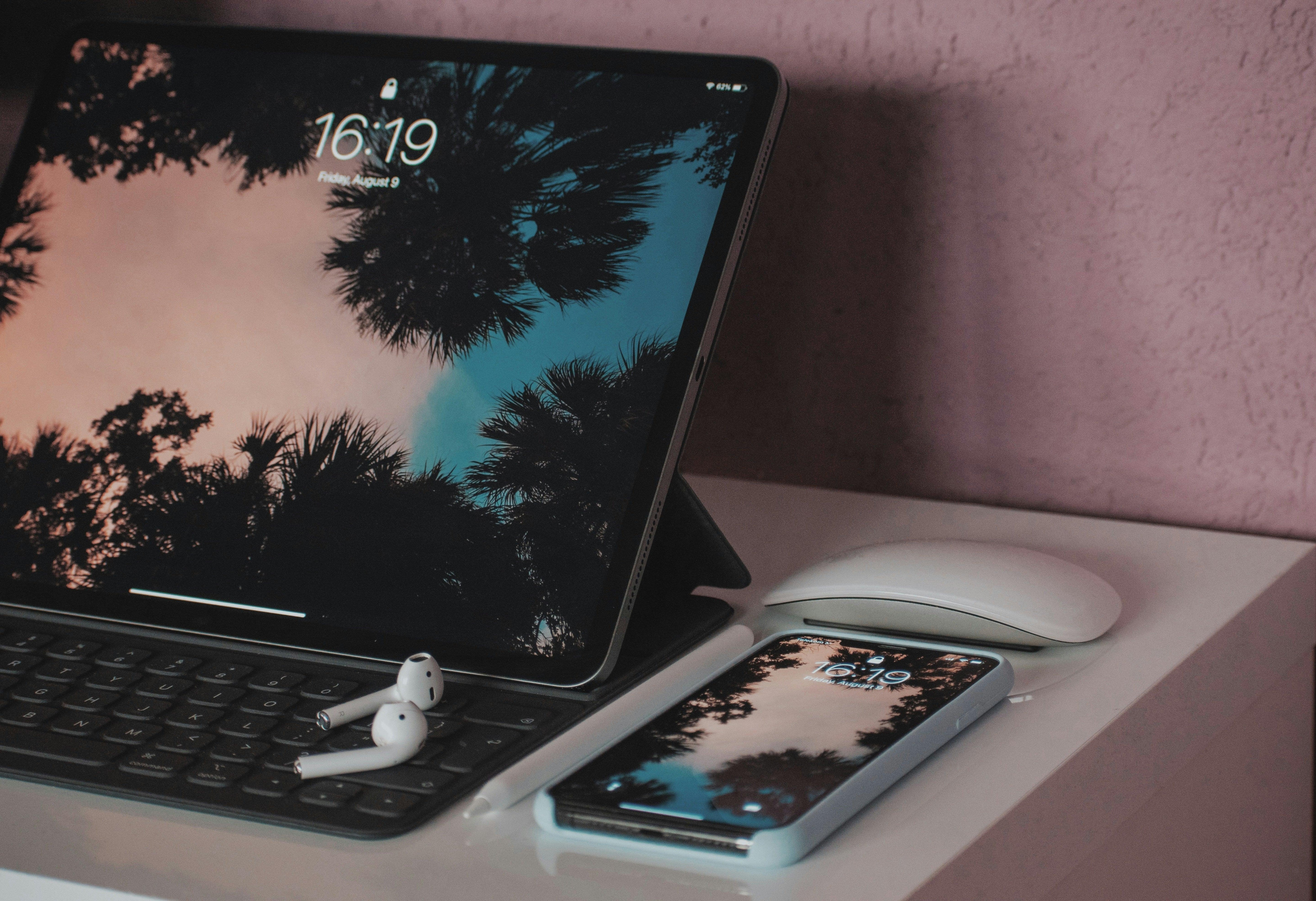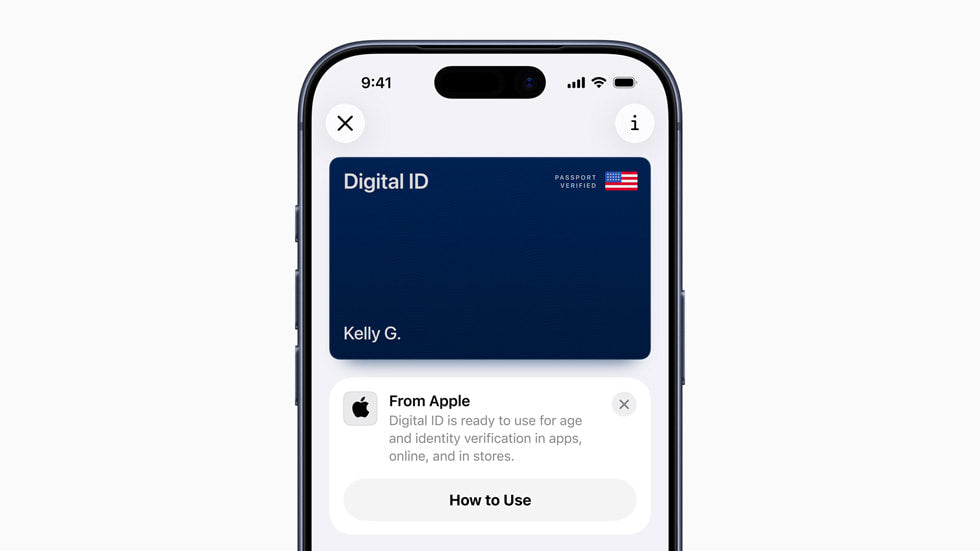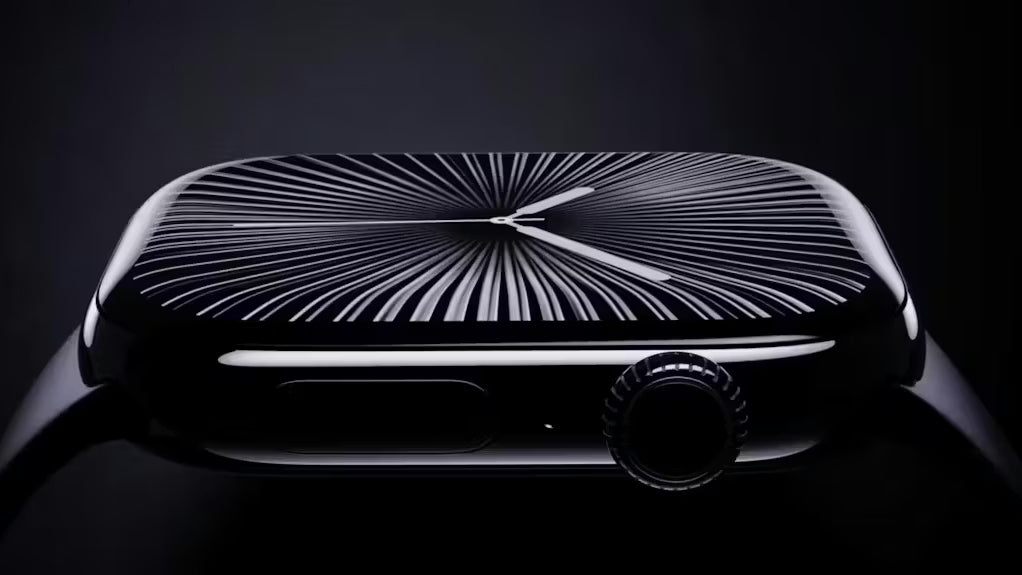Living in the digital age, the ability to maintain synchronization across all your devices is more than just a convenience—it's a necessity. The Apple ecosystem, designed with seamless integration in mind, offers users a harmonious experience, ensuring that app downloads, settings, and personal preferences are mirrored across devices. This guide aims to walk you through the process of achieving that perfect sync, helping you to troubleshoot common issues and make the most out of your Apple devices.
Whether you're new to Apple products or looking to refine your syncing skills, this guide will provide you with the knowledge and steps needed to create a unified Apple ecosystem. By the end, not only will your devices work better together, but you'll also discover new ways to enhance your productivity and digital life, ensuring your Apple devices operate in perfect harmony.
Introduction to Seamless Device Synchronization
Synchronizing your Apple devices offers a streamlined and efficient way to manage your digital life. By seamlessly connecting your iPhone, iPad, and other Apple devices, you can access your data, app downloads, and personal settings from anywhere. This guide introduces you to the fundamentals of device synchronization, setting the stage for a more integrated and cohesive digital experience.
Setting the Stage for Smooth Synchronization
Before diving into the specifics of synchronization, it's crucial to understand the foundation. Smooth synchronization across Apple devices requires a stable internet connection and a valid Apple ID. These elements are key to unlocking a world where your devices communicate with each other seamlessly, ensuring that your information is always up-to-date and accessible.
The Benefits of Keeping iPhone and iPad Synced
Syncing your iPhone and iPad offers numerous advantages. Beyond the convenience of having all your data and app downloads at your fingertips, it promotes a seamless integration of your digital activities. Whether you're browsing the web, scheduling appointments, or taking notes, having your devices in sync ensures you can pick up right where you left off, regardless of the device you're using.
Syncing Essentials: What You’ll Need
To ensure a smooth syncing process, a few essentials are necessary. Firstly, a stable Wi-Fi connection is crucial for syncing your iPhone and iPad. You'll also need an Apple ID that's logged in on both devices. With these in place, you're ready to start the synchronization process, bringing you one step closer to a unified Apple experience.
Step-By-Step Guide to Syncing via iCloud
Initiating synchronization via iCloud is straightforward and begins with ensuring both devices are connected to Wi-Fi.
Initiating iCloud Synchronization
The first step is to enable iCloud on your devices. This will allow you to sync files, including iCloud photos and documents, seamlessly across your iPhone and iPad.
Sign In to iCloud on Both Devices
To sync your iPhone and iPad, start by signing into iCloud with your Apple ID on both devices. This ensures that apps on your iPhone or iPad can access iCloud for syncing data like contacts. It's an essential step for keeping your operating systems in harmony and your data accessible wherever you go.
Choosing What to Sync: Contacts, Calendars, and More
Once signed in, you can choose what to sync, such as sync contacts, calendars, and other important data. Ensure that both devices are connected to Wi-Fi to facilitate a smooth synchronization process. This step is crucial for keeping your information consistent and up-to-date across your Apple devices.
Troubleshooting Syncing Issues
If you encounter challenges, ensure iCloud sync is active for the apps and data you wish to synchronize. You may need to restart your devices or check that they're running the latest iOS version.
Ensuring Wi-Fi Connectivity
For successful synchronization, ensure your devices are connected to the same Wi-Fi network. If issues persist, trying a different network or using a USB cable for a wired connection can help troubleshoot common Wi-Fi-related problems.
Checking iCloud Storage Space
Insufficient iCloud storage can hinder syncing. It's essential to check your storage space and manage it accordingly, ensuring there's enough room to sync files and data seamlessly across your devices.
Sync Your iPhone and iPad Wirelessly
Wireless syncing between your iPhone and iPad offers the ultimate convenience. By selecting iCloud in your device settings, your devices can stay in sync without the need for physical cables, ensuring your data is always up-to-date.
The Magic of AirDrop for Immediate File Sharing
AirDrop is a powerful tool for immediate file sharing between Apple devices. Its ease of use and speed make transferring photos, documents, and more a breeze, enhancing the seamless experience of using multiple Apple devices.
Utilizing Handoff for Continuity Across Apple Devices
Handoff takes the seamless integration of Apple devices to the next level. This feature allows users to start a task on one device and pick it up on another, without losing progress. It's a testament to the power of the Apple ecosystem in promoting productivity and creativity.
Alternative Methods for Syncing
While iCloud offers a streamlined way to keep data between your iPhone and iPad in sync, there are alternative methods that can also efficiently manage the synchronization process. These methods provide flexibility and can be particularly useful for users who prefer not to rely entirely on cloud services or are looking for additional backup options. Understanding these alternative approaches can enhance your experience by offering more control over how and when your data is synchronized.
The Role of iTunes and Finder in Device Synchronization
For those who prefer a more hands-on approach to syncing, iTunes and Finder stand out as valuable tools. By ensuring your devices are connected to the same Wi-Fi network, you can easily manage iCloud Photos and other essentials without a hitch. This method is particularly useful for handling large files or when you want to ensure a backup is stored locally. It's important to have the latest iOS or iPadOS software installed and to make sure syncing is turned on in the settings.
Syncing Through a Wired Connection
Using a wired connection to sync your iPhone and iPad offers the most reliable and fastest way to transfer files and backup data. This method requires a USB cable and either iTunes or Finder, depending on your operating system. Once connected, you can select which types of data you wish to sync, including apps, music, photos, and documents. This method ensures that even without an internet connection, you can keep your devices in harmony.
Managing Your Media and Documents
Effectively managing your media and documents through iTunes or Finder not only keeps your content organized but also ensures that your devices mirror each other's libraries. Whether it's your favourite playlists, photo albums, or important PDFs, syncing through a wired connection or over Wi-Fi allows you to have consistent access to your files across devices. Regularly updating your sync settings can prevent duplicate files and help manage storage efficiently.
Syncing Contacts from iPhone to iPad
To maintain a consistent address book across your devices, iCloud Sync offers a straightforward solution to sync contacts from your iPhone to your iPad. Ensuring your iPad must be connected to a network connection and that both devices are signed into the same iCloud account are crucial steps. This seamless integration means any changes made on your iPhone's contact list automatically update on your iPad, keeping your information current and accessible.
Frequently Asked Questions
Many users have queries about syncing processes and how to optimize them for better efficiency. Addressing these questions can help overcome common hurdles, ensuring a smoother synchronization experience.
How to Ensure Your Contacts are Up-to-Date Across Devices
To keep your contacts up-to-date across your iPhone and iPad, regularly check that iCloud Sync is enabled in the settings app on your iPhone or iPad. Both devices should operate on the latest versions of their operating systems to facilitate seamless data like contacts synchronization. Additionally, regularly opening the Contacts app on your iPhone or iPad can trigger a refresh, ensuring that any new information is accurately reflected across devices.
Optimizing Your Sync Settings
Optimizing your sync settings across your Apple devices not only streamlines the synchronization process but also helps in managing your device's storage more effectively. By choosing to select iCloud for certain types of data, you can customize what information you need to have synchronized automatically, ensuring that your devices work together efficiently and in harmony with your needs.
Adjusting Sync Preferences for Efficiency
Adjusting your sync preferences can significantly enhance the efficiency of your devices. By tailoring which data types are automatically synced through iCloud, you can ensure that only essential information is updated across your devices. This customization allows for a more streamlined use of network resources and helps keep your devices synchronized without overloading your storage with unnecessary data.
Mastering Storage Space on iCloud
Efficiently managing your iCloud storage is pivotal in optimizing the synchronization process. Regularly reviewing your iCloud storage to remove unnecessary backups, unused documents, and old photos can free up space, ensuring that there is enough room for important data to be synced across devices. This proactive approach not only keeps your devices in sync but also maximizes the utility of your iCloud storage plan.
Advanced Syncing Techniques
For users looking to go beyond basic iCloud synchronization, advanced syncing techniques offer more control and flexibility. These techniques can include using third-party services or exploring lesser-known iCloud features to sync your iPhone and iPad in ways that best suit your specific needs.
Sync iPhone to iPad Wirelessly Beyond iCloud
The easiest way to sync your iPhone and iPad beyond the standard iCloud services involves utilizing shared Apple ID on both devices. This approach ensures that any changes made in one device are automatically reflected on the other. By tweaking settings in the control center and selecting which types of data to sync, such as contacts, you can enhance the seamless experience of syncing through iCloud.
Exploring Dropbox as a Syncing Tool
Dropbox offers an alternative method for users to sync files and documents between their iPhone and iPad. By installing the Dropbox app on both devices and logging in with the same account, users can easily drag and drop files into their Dropbox folder to be synced. This method is particularly useful for large files or when working collaboratively, as it provides a simple and efficient way to ensure that all your devices have access to the same files.
Enhancing Collaboration Through Synced Devices
Synced devices play a crucial role in enhancing collaboration, whether in a professional setting or for personal projects. By ensuring that iCloud Photos are accessible across devices and that all devices are operating on compatible iOS or iPadOS software, team members can share resources effortlessly. When syncing is turned on, updates made on one device instantly reflect on others, streamlining workflows and boosting productivity.
How Synced Devices Boost Productivity and Creativity
The seamless synchronization of devices fosters an environment where ideas can flow freely, and collaboration is enhanced. Having immediate access to the latest documents, photos, and project files across all your devices means that you can work more flexibly and creatively. This interconnectedness not only saves time but also encourages a more dynamic approach to problem-solving and project development.
Keeping Your Synced Data Secure
When you sync files across your Apple devices, achieving a seamless integration is crucial not just for efficiency but also for security. It's essential to ensure that your private information remains protected as it moves between your devices. By implementing strong security measures, users can enjoy the benefits of synchronization without compromising their privacy.
Best Practices for Data Security and Privacy
Ensuring the security and privacy of your synced data begins with using strong, unique passwords and enabling two-factor authentication for your Apple ID. Regularly updating your devices helps to patch any security vulnerabilities, further safeguarding your information. By staying informed about the latest security practices, users can confidently keep their data safe across all synced devices.
Troubleshooting Common Syncing Challenges
Even with the best setups, syncing issues can arise, disrupting the harmony between your Apple devices. A primary step in troubleshooting is to restart your devices, a simple yet often effective solution that can resolve many syncing problems. This approach helps to refresh connections and eliminate temporary glitches that may hinder synchronization.
Addressing Connectivity and Compatibility Issues
To maintain a smooth iCloud sync, ensuring that your devices are running the latest iOS version is crucial. Apps and data should be enabled for the apps you wish to sync across your devices, requiring a stable internet connection. Compatibility and connectivity are the cornerstones of seamless device synchronization, and keeping these elements in check can significantly reduce syncing issues.
Resolving Frequent Syncing Errors
Frequent syncing errors often stem from issues with iCloud storage limits or incorrect settings. Regularly checking your iCloud storage to ensure there is enough space for new sync files can prevent these errors. Additionally, verifying that your sync settings are configured correctly across all devices will help in maintaining a consistent and error-free synchronization process.
Beyond Syncing: Maximizing Your Apple Ecosystem
The Apple ecosystem offers more than just an opportunity to sync your devices; it presents a platform for enhanced productivity and creativity. By leveraging features like app downloads across all devices, users can enjoy a unified experience that extends the functionality and convenience of Apple's ecosystem, making every interaction smoother and more integrated.
Unveiling the Full Potential of Apple’s Integrated Features
Apple's Handoff feature exemplifies the seamless integration achievable within the Apple ecosystem, allowing users to start a task on one device and pick it up on another without losing progress. This capability not only enhances productivity but also encourages a more flexible and efficient workflow, showcasing the full potential of Apple's integrated features.
Wrapping Up Your Synchronization Journey
Embracing a seamlessly synced Apple experience transforms how you interact with your devices, creating a cohesive and harmonious digital environment. By following best practices for security, troubleshooting common syncing challenges, and exploring beyond basic syncing capabilities, users can fully leverage the power and convenience of Apple's ecosystem, ensuring their devices work together flawlessly.
Embracing a Seamlessly Synced Apple Experience
Finalizing your journey towards a seamlessly synced setup involves not just understanding the steps but also appreciating the benefits of a unified Apple ecosystem. It's about achieving a balance between convenience, security, and efficiency, ensuring that your devices not only work well individually but excel in their connectivity, offering a truly integrated experience.




Share:
Step-by-Step Guide to Setting Up Your New Mac for Work and Play
How to Recover Data from a Failed Apple Device